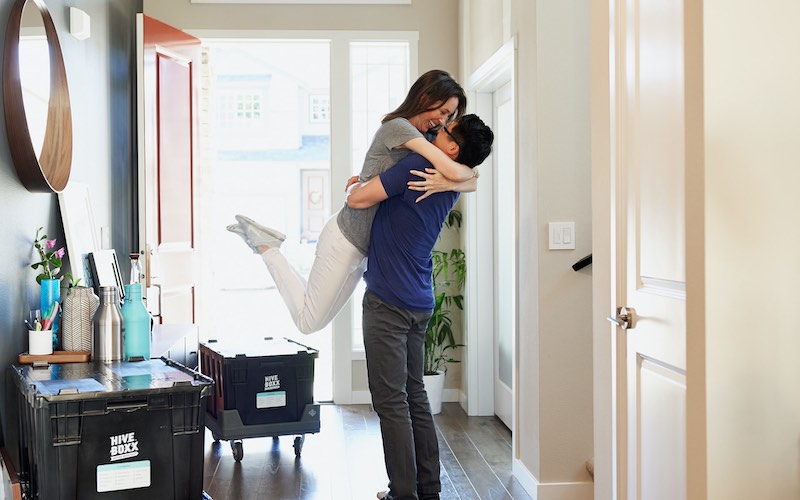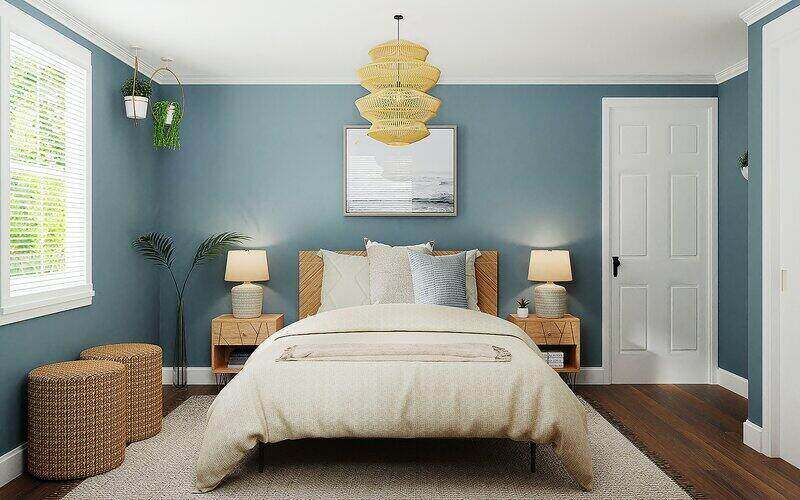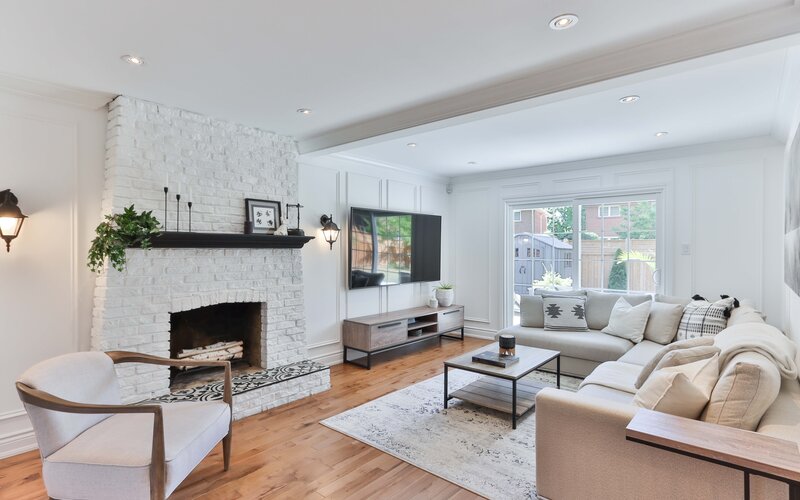The number of single female home loan applications increased despite strong house price growth over 2021.
Women are also borrowing more, with the average loan size for a single female mortgage increasing by 7% to $411,752 in 2021.
The overall proportion of single female home loan applicants also increased by one percentage point to 50%.
Comparatively, the average single male mortgage increased by 6% to $449,273, while the overall proportion of single male applications decreased by one percentage point to 50%.
Men are more likely to be younger when they first buy property, with men being an average of 32 years old while women are an average of 34 years old.
John Powell, ME's General Manger, said the data shows that gender is no barrier when it comes to buying a home.
"While women are buying a little later and with smaller loans, the proportion of single women versus men buying property is split right down the middle at 50%," Mr Powell said.
Backing this sentiment is new data from CoreLogic's 2022 Women & Property report, which revealed that Australian women are narrowing the property gender gap.
In 2021, 28.3% of property purchases were made by women - up from 27.4% in 2020 - and the proportion of male purchases declined from 29.6% to 28.7% over the same period.
Eliza Owen, CoreLogic Australia's Head of Research, said there's a trend where women are purchasing slightly higher portions of properties year on year, while men are purchasing slightly fewer.
"Joint purchases have remained steady over time, but did see a dip in 2009 that may have been associated with a surge in first home buyer activity," Ms Owen said.
"This positive trend may start to reflect greater gender parity in home ownership over time."
See Also: The struggle to find a home loan as a middle-aged divorcee.
Women more likely to own a unit rather than a house
Possibly explained by data showing women are borrowing less, women own more units than men (35.2% female compared to 34.7% men), while men dominate when it comes to house ownership (28.5% compared to 24%) according to CoreLogic data.
Overall, women own 26.6% of residential property in Australia while men own 29.9%.
CoreLogic estimates that the total value of the residential property market surged from $7 trillion to $9.7 trillion over the 12 months to January, after dwelling values rose 22.4% over the same period.
Milena Malev, CoreLogic International’s GM Financial Services & Insurance Solutions, said this may have further exacerbated the gender wealth gap in property ownership.
"Given there's a high level of equity held in real estate, if you don’t own property, that’s a big source of household wealth and security you don’t have access to," Ms Malev said.
"Property price growth has also vastly outpaced income growth over this time, with the gender pay gap widening in parallel, too."
Ms Malev said the gender pay gap can see men save for a home loan deposit much faster, on average, than women.
"The current discrepancy in incomes between men and women would see men save a 20% deposit for the current median dwelling value around a year faster than women," Ms Malev said.
"That means men are not only accumulating greater wealth from a higher proportion of existing property ownership, but they’re also able to get into the market sooner than women and start that wealth accumulation in a growth market."
Advertisement
Buying a home or looking to refinance? The table below features home loans with some of the lowest interest rates on the market for owner occupiers.
| Lender | Home Loan | Interest Rate | Comparison Rate* | Monthly Repayment | Repayment type | Rate Type | Offset | Redraw | Ongoing Fees | Upfront Fees | Max LVR | Lump Sum Repayment | Extra Repayments | Split Loan Option | Tags | Features | Link | Compare | Promoted Product | Disclosure |
|---|---|---|---|---|---|---|---|---|---|---|---|---|---|---|---|---|---|---|---|---|
5.54% p.a. | 5.58% p.a. | $2,852 | Principal & Interest | Variable | $0 | $530 | 90% |
| Promoted | Disclosure | ||||||||||
5.49% p.a. | 5.40% p.a. | $2,836 | Principal & Interest | Variable | $0 | $0 | 80% |
| Promoted | Disclosure | ||||||||||
5.64% p.a. | 5.89% p.a. | $2,883 | Principal & Interest | Variable | $250 | $250 | 60% |
| Promoted | Disclosure |
Image by Mohamad Hassan on Pixabay

Ready, Set, Buy!
Learn everything you need to know about buying property – from choosing the right property and home loan, to the purchasing process, tips to save money and more!
With bonus Q&A sheet and Crossword!


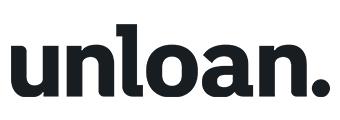
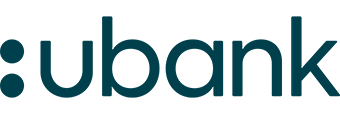


 Denise Raward
Denise Raward
 Harry O'Sullivan
Harry O'Sullivan
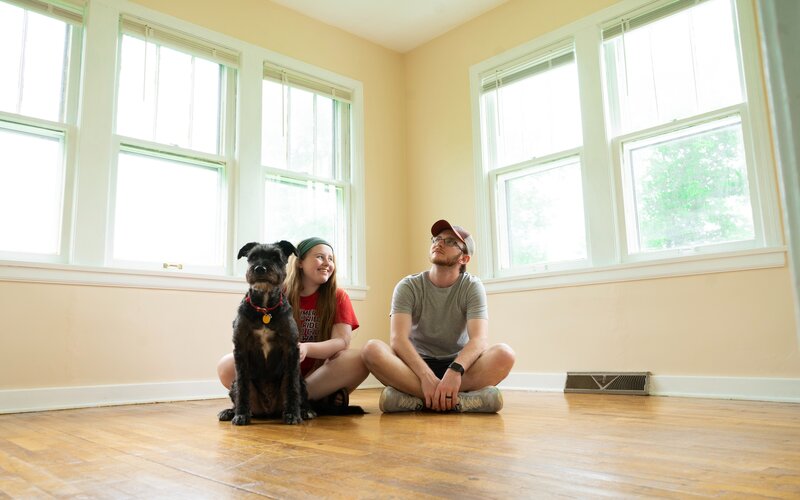
 Rachel Horan
Rachel Horan